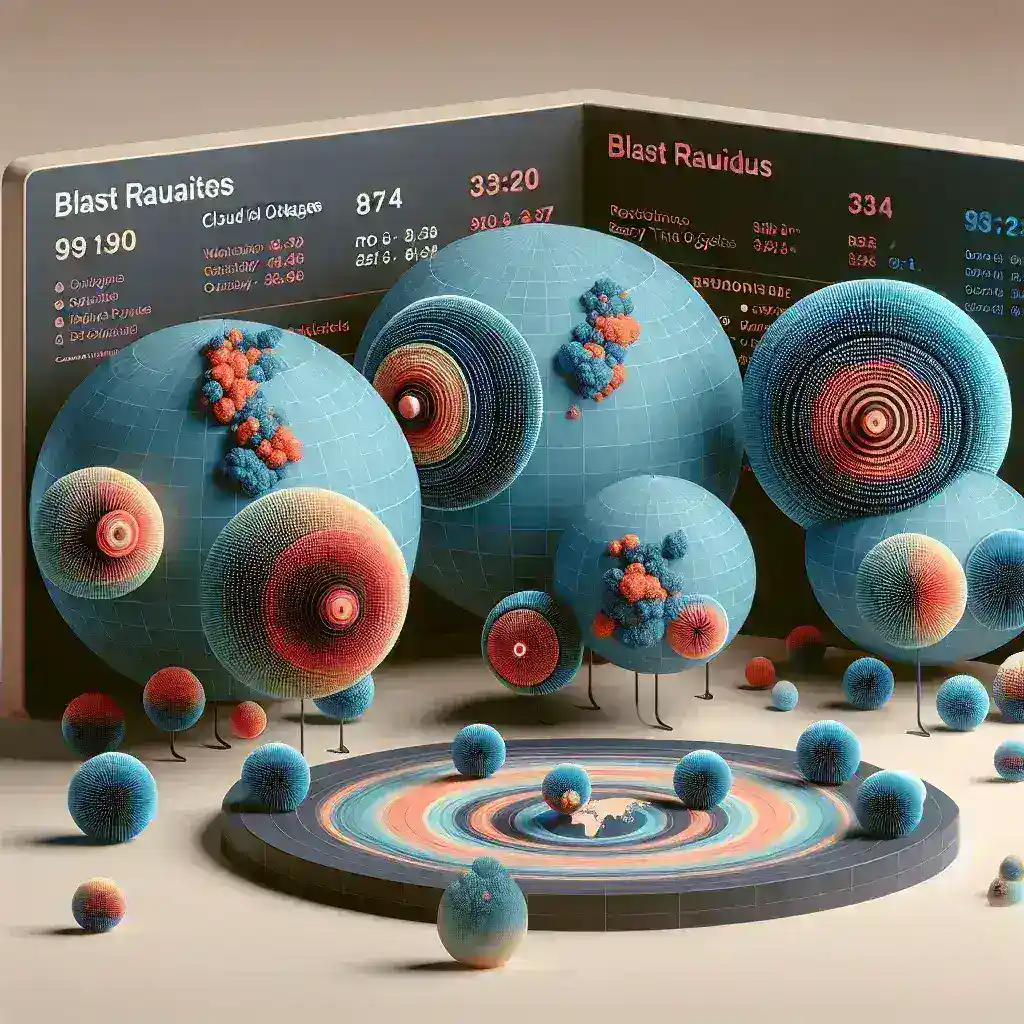Introduction
The financial markets are often characterized by emotional swings, from the heights of exuberance to the depths of panic. Recently, however, there has been a notable shift as investors appear to be moving from a state of panic to what is described as a Goldilocks scenario. This term refers to a market environment that is not too hot, nor too cold, but just right for economic growth and investor confidence.
Understanding the Panic Phase
Panic in the financial markets is often triggered by a combination of factors, including economic data releases, geopolitical tensions, or unexpected corporate earnings reports. For instance, during the initial phases of the COVID-19 pandemic, investors witnessed sharp declines in stock prices, driven by uncertainty and fear. As economic activities came to a standstill, the markets reflected this panic through significant volatility.
The Psychological Impact
The psychological aspect of investing cannot be overstated. During panic, fear dominates decision-making. Many investors liquidate their positions to avoid further losses, often exacerbating market downturns. Historical examples, such as the 2008 financial crisis, highlight how fear can lead to mass sell-offs and prolonged periods of market distress.
The Transition to a Goldilocks Scenario
As markets begin to stabilize and economic indicators improve, investors start to shift their perspectives. The Goldilocks scenario emerges when:
- Economic growth is steady but not overheating.
- Inflation rates are under control.
- Unemployment rates are declining.
- Corporate earnings growth is positive.
Indicators of a Goldilocks Economy
Several indicators signal the transition to a Goldilocks economy:
- Stable Inflation: Low and stable inflation rates encourage consumer spending and investment.
- Robust Employment Data: Steady job creation leads to increased consumer confidence.
- Positive GDP Growth: Consistent GDP growth rates reflect a healthy economy.
Historical Context
The concept of a Goldilocks economy is not new. It gained prominence in the late 1990s when the U.S. economy experienced steady growth, low inflation, and declining unemployment. Investors flocked to the markets, leading to a tech boom that ultimately peaked in 2000. Understanding this historical context helps investors gauge the potential risks and rewards of current market conditions.
Future Predictions
Looking ahead, experts suggest that the transition into a Goldilocks scenario could be further influenced by various macroeconomic factors:
- Monetary Policy: Central banks’ decisions regarding interest rates will play a crucial role in sustaining economic growth.
- Global Supply Chains: Improvements and stability in supply chains could mitigate inflationary pressures.
- Consumer Behavior: Changes in consumer spending habits post-pandemic may significantly impact economic dynamics.
Expert Insights
Prominent economists and analysts often weigh in on these transitions. For example, renowned economist Jane Doe states, “As we navigate these uncertain times, a Goldilocks economy presents a rare opportunity for investors to capitalize on steady growth while minimizing risks. Understanding market sentiment is key to leveraging this scenario effectively.”
Pros and Cons of a Goldilocks Scenario
While a Goldilocks economy seems favorable, it is essential to analyze its pros and cons:
Pros:
- Steady Returns: Investors can expect more predictable investment returns.
- Increased Investor Confidence: A stable economy fosters a favorable environment for investment.
Cons:
- Market Complacency: Investors may become too complacent, overlooking potential risks.
- Overvaluation: Prolonged periods of growth can lead to asset bubbles.
Real-World Examples
Examining real-world scenarios can illustrate how transitions to a Goldilocks economy have played out:
- The 2010s Economic Recovery: After the Great Recession, the U.S. economy entered a prolonged Goldilocks phase, characterized by steady growth and low inflation.
- Post-Pandemic Recovery: Many analysts predict a similar trajectory as economies globally recover from the pandemic.
Cultural Relevance
The concept of a Goldilocks economy resonates not only in financial circles but also in popular culture and media. Movies and books often depict characters navigating through extreme circumstances—much like investors maneuvering through panic and euphoria in the markets.
Conclusion
In summary, the transition from panic to a Goldilocks scenario signifies a pivotal moment for investors. Understanding the underlying factors, historical context, and potential market dynamics can equip investors with the insights needed to navigate these changing tides. As we move forward, maintaining vigilance and adaptability will be crucial in seizing opportunities presented by a more stable economic environment.




Leave a Reply